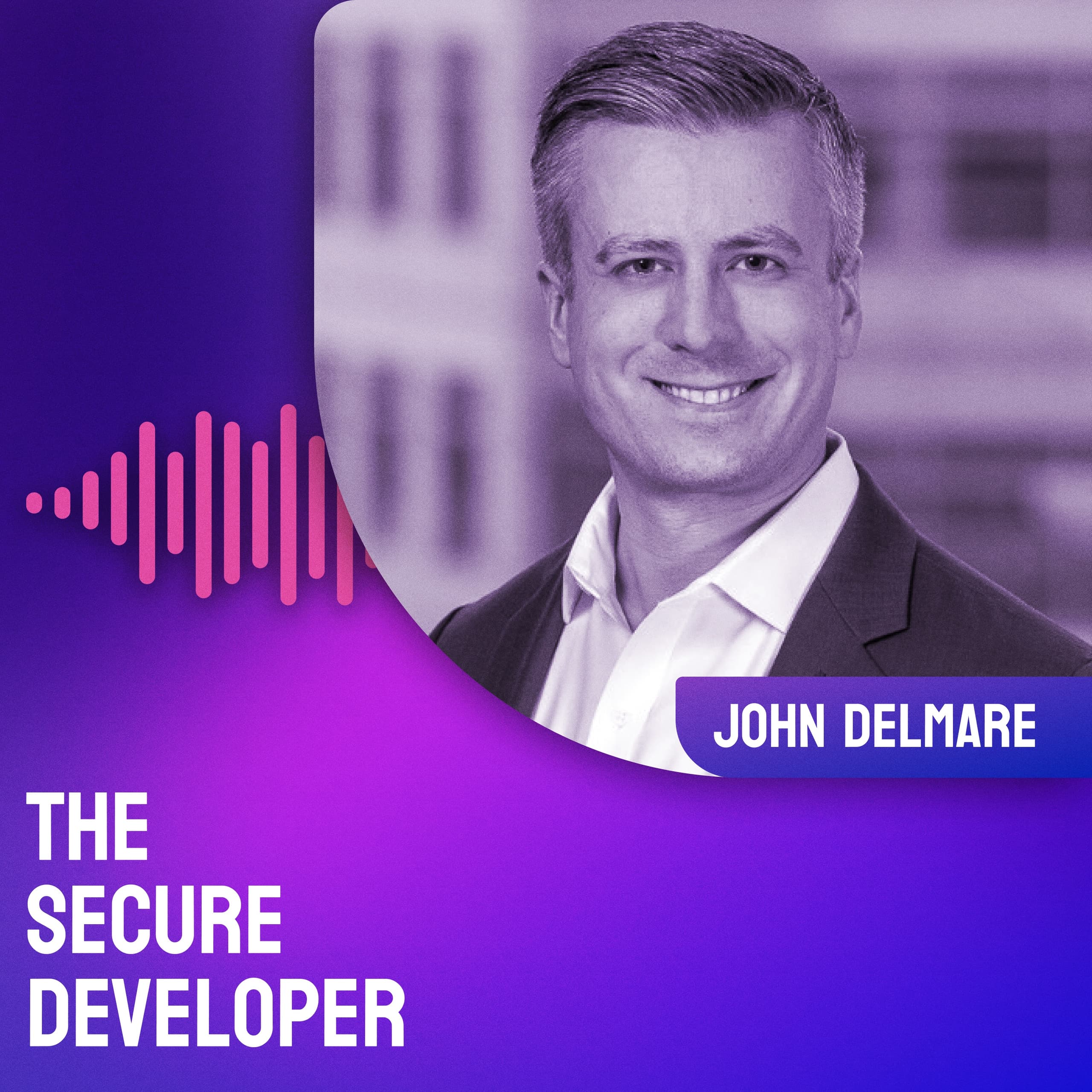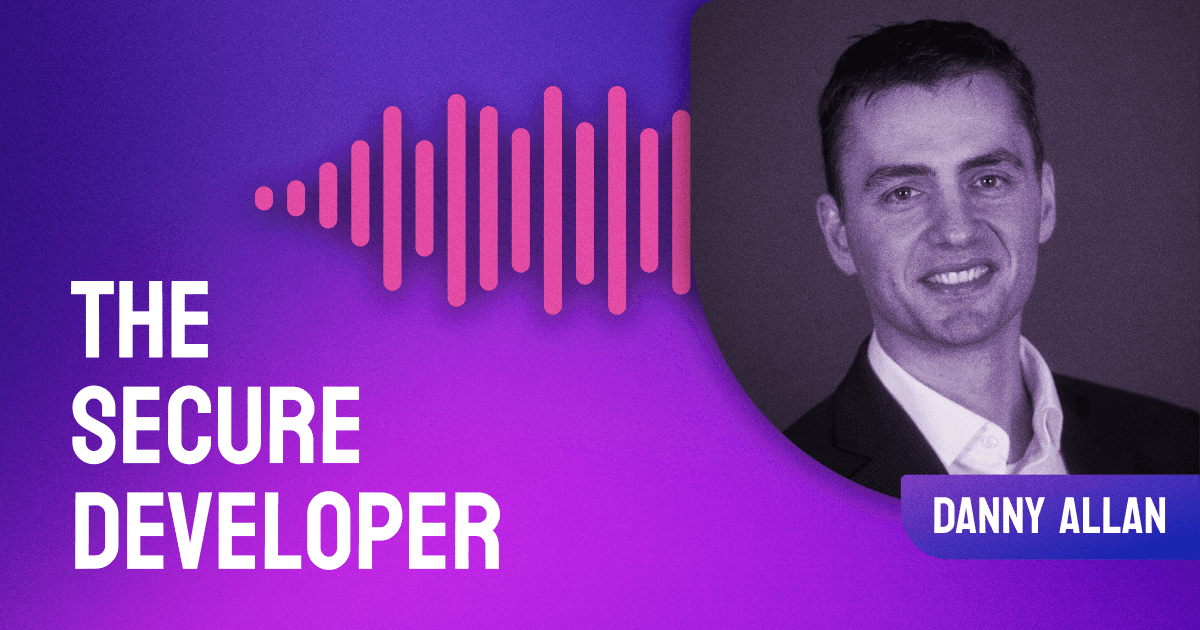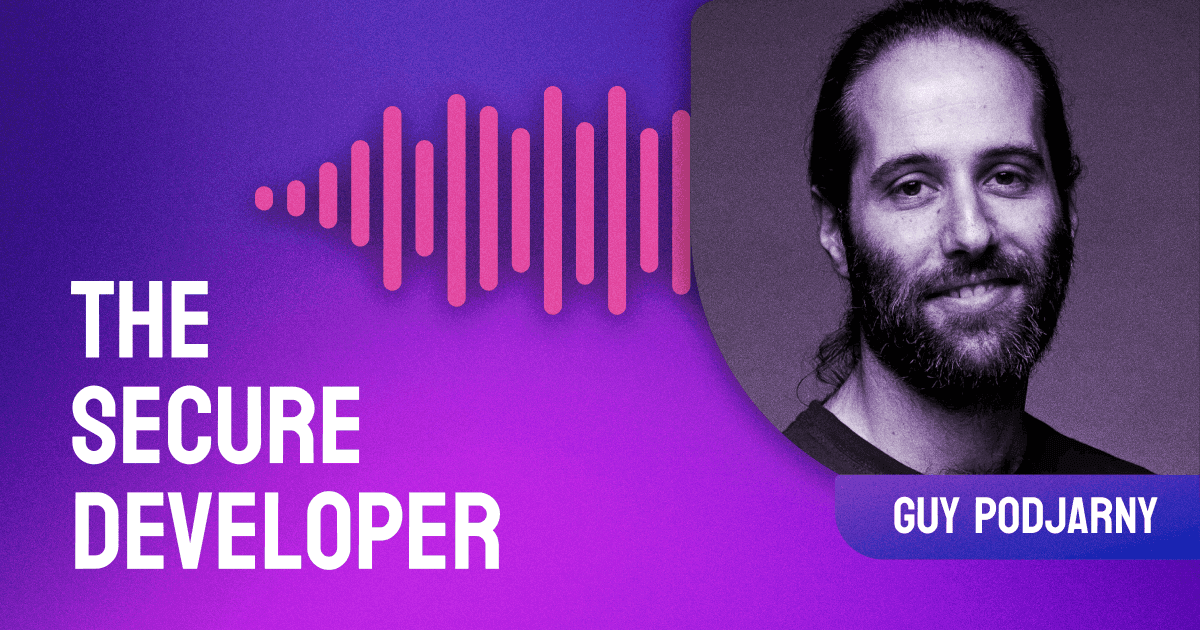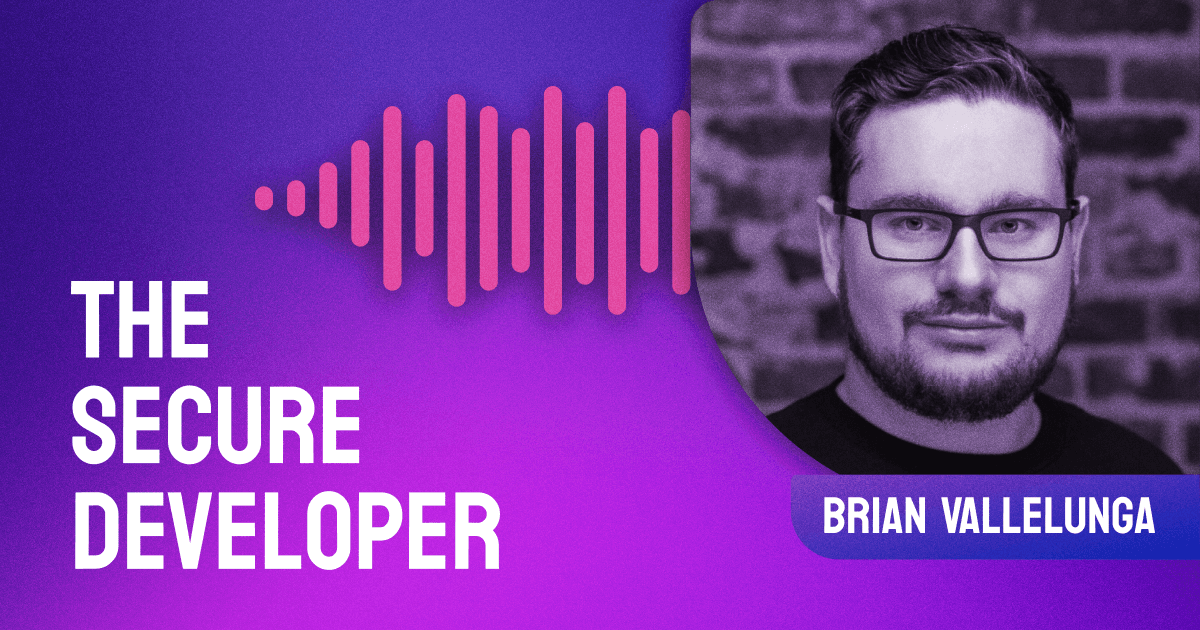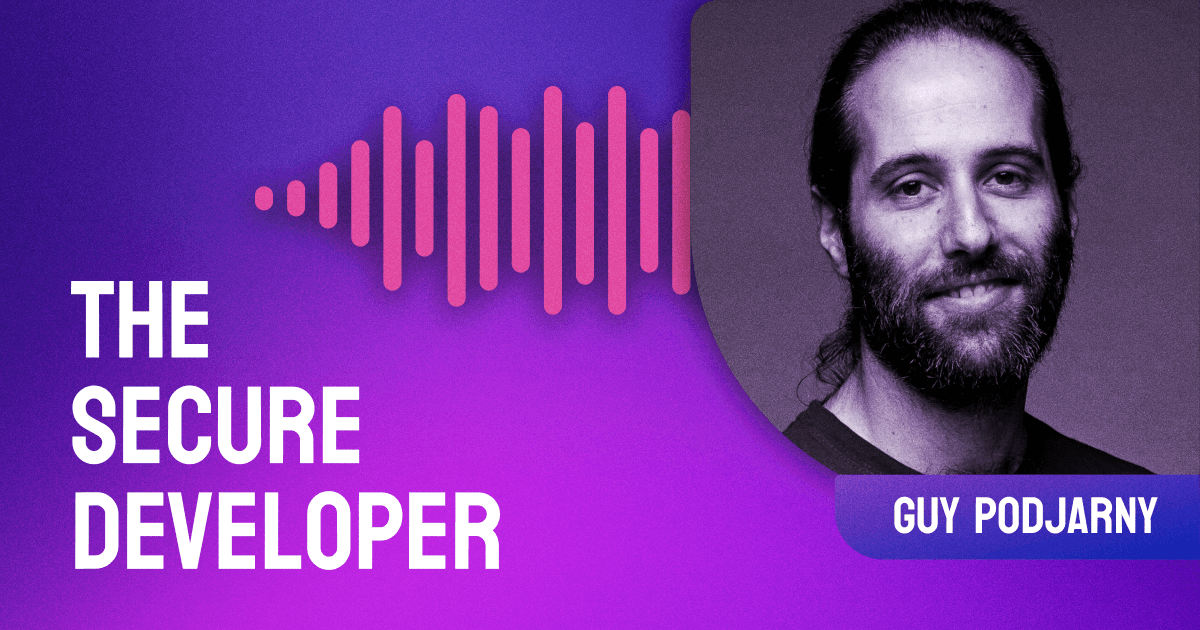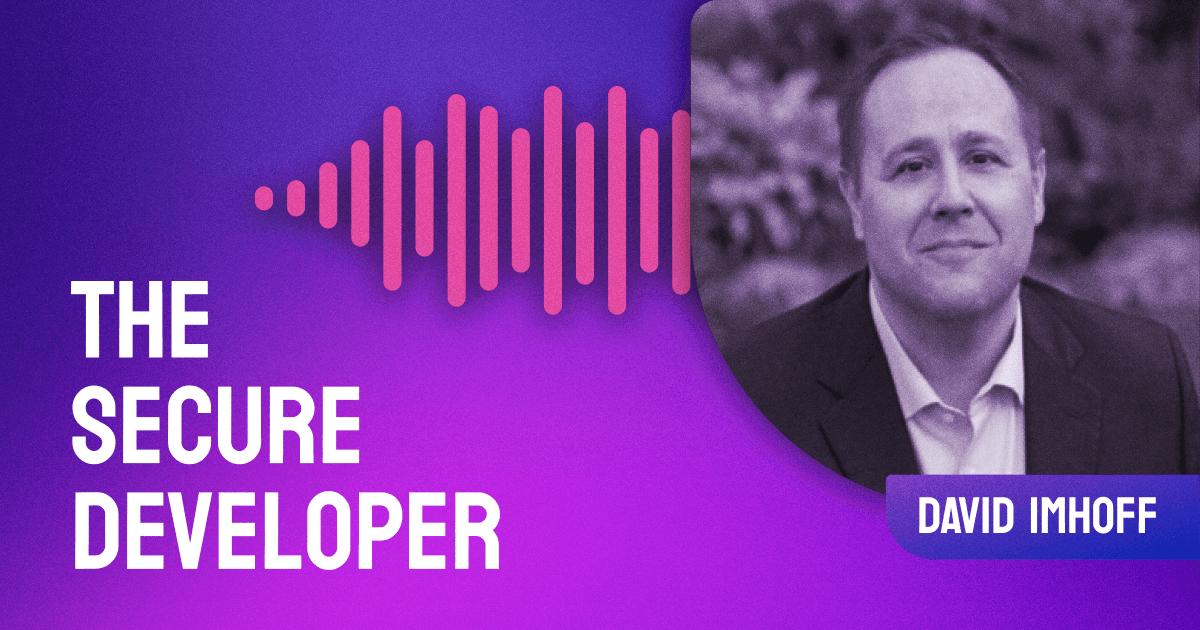Episode Summary
Explore the role of consolidated platforms in software development with our guest, John Delmare, Global Application and Cloud Security Lead of Accenture. This episode dives into the growing complexity in the developer space and how these platforms streamline processes and foster collaboration among distributed teams. We discuss balancing application and cloud security, the financial and time-saving benefits of integrated platforms, and the role of best-of-breed technology in an evolving tooling landscape. Tune in for a preview of future secure development practices and practical advice on navigating this dynamic space.
Show Notes
In this engaging episode of The Secure Developer, host Simon Maple chats with John Delmare, Managing Director of Accenture and Global Application and Cloud Security Lead, about the movement towards platform consolidation in the field of DevSecOps.
They dive into an in-depth exploration of the potential advantages and barriers that emerge from the reduction of tool sprawl. Using his extensive experience and insights, Delmare sheds light on how this development can enhance efficiency for developers and, at the same time, benefit companies by making processes more streamlined, cost-efficient, and effective.
Not losing sight of the role of best-of-breed tools, the conversation takes a turn into how such tools fare in the current scenario, whether they still hold relevance, or if the consolidation trend is set to overshadow them. More intriguingly, Delmare and Maple delve into the potential implications of emerging technologies like General Artificial Intelligence (GenAI) on the strategies for security tooling.
Further enriching the conversation, they emphasize the critical need for a common ground between security and development teams. Platform consolidation comes into play here by offering shared data views and aligning the teams towards unified goals, making the perfect case for seamless DevSecOps practices.
This episode is packed with insights that would cater to developers, security professionals, and decision-makers in the IT industry, offering them a clearer view of the current trends and allowing them to make strategically sound decisions. Tune in to be part of this insightful conversation.
Links
Follow Us
